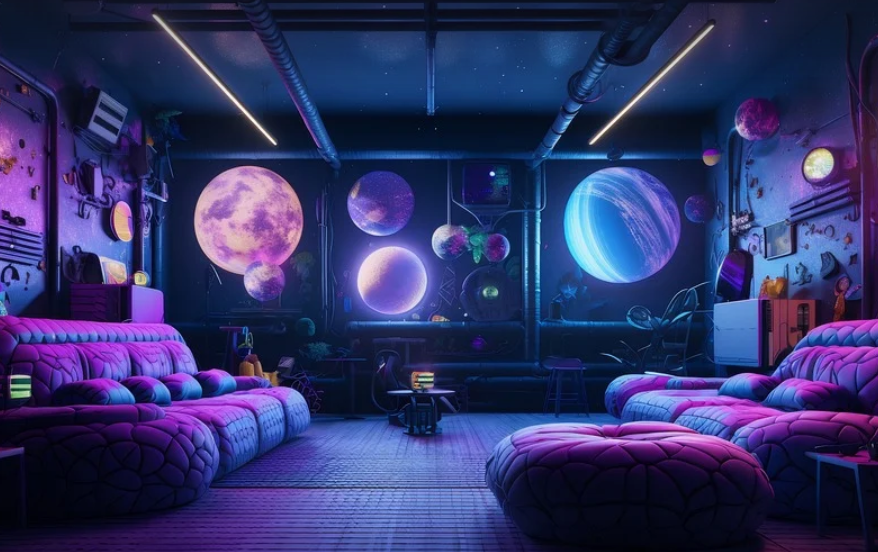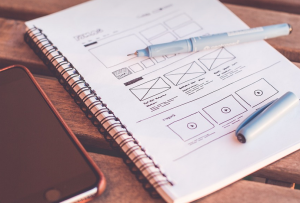
What Exactly is Engineering Graphics?
Imagine you’re trying to build something—a house, a bridge, a robot. You probably wouldn’t just start throwing bricks together or welding random pieces of metal. Instead, you would use blueprints, diagrams, and sketches to plan out your creation before actually constructing it. That’s where engineering graphics comes in.
Engineering graphics is all about visualizing complex information and ideas using visual tools like technical drawings, charts, graphs, 3D models, and more. It plays a vital role in various fields, from mechanical and civil engineering to architecture, aerospace, and even game design!
But why is it so important? Well, imagine trying to explain how a complicated machine works without any visuals. You’d probably struggle to make sense of it all. Engineering graphics provides the visual language needed to communicate complex designs and processes effectively.
Think of it as a bridge between abstract concepts and tangible reality. It helps us understand, analyze, and solve problems, ultimately leading to advancements in various branches of engineering and design.
Mastering the Art of Visualization
Engineering graphics is all about making complex information visually appealing and understandable. To do this effectively, you need a combination of technical skills and creative thinking.
One crucial skill is understanding how different types of drawings work—from simple 2D sketches to more intricate 3D models. You’ll delve into the principles of perspective, orthographic projection, sectional views, and much more. These techniques allow you to represent objects and systems in various dimensions with accuracy.
Next up is learning how to use software like AutoCAD or Solidworks to create your drawings. Mastering these tools is like learning a new language that empowers you to bring your ideas to life visually. You can manipulate lines, shapes, symbols, and textures to precisely illustrate the construction of bridges, the flow of data in computer systems, or even the design of a futuristic spacecraft.
But there’s more to engineering graphics than just technical accuracy. It involves storytelling through visuals— telling a story about how something works, why it was designed that way, and what its purpose is. It’s not just about technical details; it’s also about communicating the essence of the design.
The Impact of Engineering Graphics in Our World
As we see more complex systems being developed all the time—from smart grids to self-driving cars, the impact of engineering graphics is becoming increasingly significant. Let’s dive into some real-world applications:
**A House on a Hill:** Imagine designing a two-story house with an intricate front porch. Engineering graphics allows architects and builders to translate those visions into precise blueprints that ensure the structure meets all building codes and stands firm for years to come.
**The Inner Workings of Machines:** Engineers rely on 3D models and simulations generated by engineering graphics software to understand how complex machinery works. These models can simulate real-life conditions, allowing engineers to test designs and troubleshoot potential problems before physical construction begins.
**Beyond the Blueprint:** Engineering graphics is also a powerful tool for communication in various industries. It allows designers to create compelling presentations that showcase their ideas, winning over clients and investors alike.
**The Power of Imagination:** Engineering graphics allows engineers, designers, and artists to visualize their dreams and transform them into tangible realities.
Embarking on Your Journey in Engineering Graphics
So, if you’re interested in exploring the world of engineering graphics and design, here’s how you can get started:
**1. Explore Technical Drawing:** Start by learning basic principles like orthographic projections, perspective drawing, and isometric views to understand different visual representation techniques.
**2. Dive into 3D Modelling:** Software like Tinkercad, SketchUp, or Blender offer beginner-friendly platforms for creating 3D objects and exploring their forms.
**3. Experiment with Drawing Programs:** Explore industry-standard drawing programs like AutoCAD, Solidworks, or Fusion 360 to create detailed technical drawings.
**4. Seek Guidance from Professionals:** Connect with engineers, designers, and educators who can provide valuable insights and mentorship in the field of engineering graphics.
**5. Embrace Continuous Learning:** Engineering graphics is an ever-evolving field. Stay curious, explore new platforms, techniques, and software to broaden your horizons and stay ahead of the curve
As you embark on this exciting journey, remember that the skills mastered through engineering graphics serve as powerful tools for innovation, problem solving, and making our world a more beautiful and functional place.


